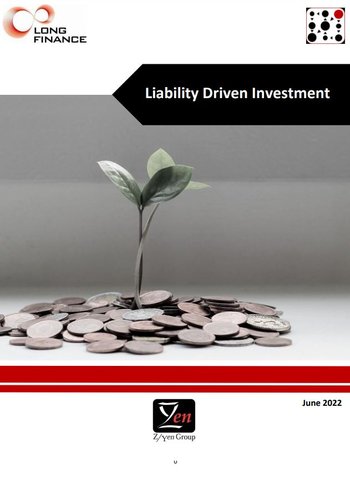Authors
Iain Clacher & Con Keating
Published by
Long Finance (June 2022), 17 pages.
Share on social media:
You might also be interested in:
Liability Driven Investment
The purpose of a UK-defined benefit tax-approved pension scheme trust is to pay pensions for life to its employees and former employees on attaining retirement age. Those pensions will be financed by the investment return on the contributions made by an employer and, if applicable, employees. The lower the investment return, the higher the contributions or the lower the benefits. In this paper the authors examine the focus, driven by a combination of the accounting standards applicable to employer accounts, financial economic theory and Pensions Regulator pro-active engagement, on the short-term solvency of schemes at each triennial or interim valuation. This has resulted in an excessive focus on variations or changes in scheme surpluses and deficits due to valuations; from this, and the emergence of liability-driven investment (LDI) to manage these perceived “risks”.
The risk management of the solvency position is not the same as the risk management of the pensions ultimately payable and may even have negative effects on the payment of pensions when due. Unless these LDI strategy activities contribute to the fulfilment of the primary duty of the DB pension scheme – the payment of pensions when due – they carry a very real risk that the trustee (and its LDI manager) are in breach of statutory restrictions on the use of derivatives and, in connection with using the repo market to obtain cash to post as collateral, on borrowing. There is also the further legal risk of buying index-linked gilts for asset-liability matching purposes if they do not achieve this matching, and more concerning still, if these index-linked gilts are bought at a price which locks into a guaranteed loss in real terms.
Given these potential risks, below we examine the principal elements of these strategies and we explain how these risks could arise and crystallise.




